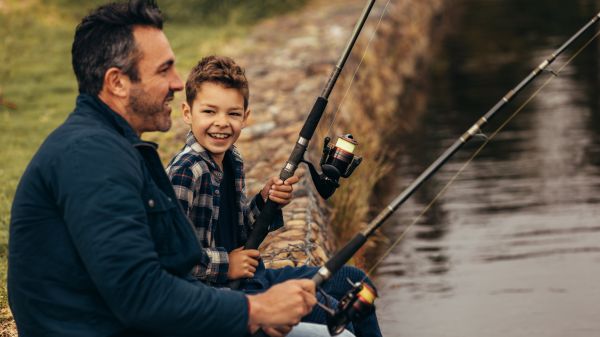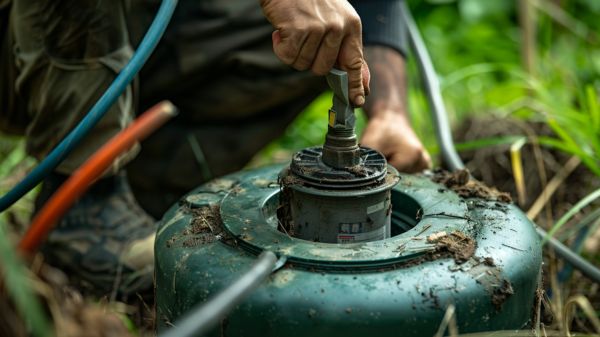Impact of Sustainable Fishing: 4 Best Ways It Benefits Our Oceans
We are about to reveal the impact on sustainable fishing on oceans and the incredible ways it benefits them.
With scientific precision and data-driven insights, we will uncover the secrets behind preserving marine ecosystems, ensuring long-term fishery sustainability, reducing bycatch and habitat destruction, and promoting conservation and biodiversity.
Prepare to be amazed as we dive into the depths of this vital topic, exploring how sustainable fishing not only protects our oceans, but also fosters a sense of belonging to a community that cares for our planet.
Preserves Marine Ecosystems
One of the key benefits of sustainable fishing is that it preserves our oceans’ marine ecosystems. Marine conservation is essential for maintaining the delicate balance of life in our oceans. Sustainable fishing practices ensure that fish populations aren’t overexploited, allowing them to reproduce and maintain healthy numbers. This, in turn, helps to preserve the overall ecosystem.
By avoiding destructive fishing methods such as bottom trawling or dynamite fishing, we can protect the habitats and biodiversity of our oceans. Ecosystem preservation is crucial for the long-term health and sustainability of marine life.
Ensures Long-Term Fishery Sustainability
To ensure the long-term sustainability of our fisheries, we must continue practicing sustainable fishing methods that prioritize the health and abundance of our fish populations. By doing so, we can reap numerous benefits, including economic viability, responsible management, and a brighter future for our oceans.
- Economic Viability: Sustainable fishing practices help maintain the economic viability of our fishing industry. By preventing overfishing and protecting fish populations, we ensure a consistent and reliable supply of fish for commercial purposes. This helps fishermen maintain their livelihoods and supports local economies that depend on fishing.
- Responsible Management: Sustainable fishing involves implementing responsible management strategies, such as setting catch limits, implementing size and gear restrictions, and establishing marine protected areas. These measures help prevent overfishing, protect vulnerable species, and maintain the overall balance of marine ecosystems.
- A Brighter Future: By prioritizing long-term fishery sustainability, we can ensure a healthier and more abundant ocean ecosystem for future generations. This not only benefits the environment but also provides opportunities for recreational fishing, tourism, and other industries that rely on a thriving marine ecosystem.
Reduces Bycatch and Habitat Destruction
Continuing our commitment to sustainable fishing, we can reduce bycatch and habitat destruction by implementing effective conservation measures.
Bycatch refers to the unintentional catch of non-target species, which often includes endangered or protected marine life. This poses a significant threat to the biodiversity and ecological balance of our oceans. Sustainable fishing practices, such as using selective fishing gear and implementing fishing quotas, can greatly reduce bycatch. These measures help protect vulnerable species and maintain the health of marine ecosystems.
Additionally, sustainable fishing practices also help minimize habitat destruction. Overfishing and destructive fishing methods, such as bottom trawling, can damage vital marine habitats like coral reefs and seafloor ecosystems.
Promotes Conservation and Biodiversity
Implementing sustainable fishing practices promotes the conservation and biodiversity of our oceans. By taking measures to protect marine ecosystems and maintain ecosystem balance, we can ensure the long-term health and productivity of our oceans.
Here are three ways sustainable fishing contributes to marine protection and biodiversity:
- Preservation of habitats: Sustainable fishing practices prioritize the protection of critical habitats such as coral reefs, seagrass beds, and mangrove forests. By avoiding destructive fishing methods that damage these habitats, we safeguard the diverse species that rely on them for survival.
- Species protection: Sustainable fishing practices aim to prevent overfishing and the depletion of target species. By setting catch limits, implementing size restrictions, and using selective fishing gear, we can maintain healthy populations of marine species and preserve biodiversity.
- Ecosystem balance: Sustainable fishing practices recognize the interconnectedness of marine ecosystems. By avoiding the disruption of food chains and minimizing the removal of key species, we can help maintain the delicate balance of our oceans’ ecosystems.
Conclusion
Sustainable fishing practices play a crucial role in preserving marine ecosystems, ensuring long-term fishery sustainability, reducing bycatch and habitat destruction, and promoting conservation and biodiversity.
For example, a case study conducted in the Pacific Ocean demonstrated that implementing sustainable fishing techniques led to a significant increase in the population of a particular fish species, resulting in a thriving ecosystem with abundant marine life and improved water quality.
These tangible outcomes highlight the importance of embracing sustainable fishing methods for the benefit of our oceans and the future of our planet.





